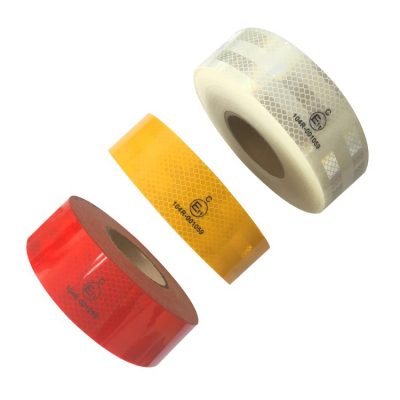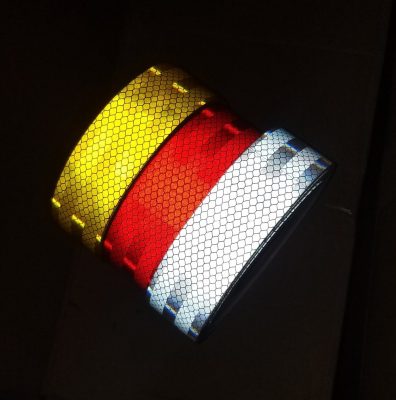Traffic signal lights are divided into motor vehicle signal lights, non-motor vehicle signal lights, crosswalk signal lights, lane signal lights, direction indicators, flashing warning lights, road and railway intersection signal lights. Traffic lights are used for road intersections. By issuing movement or parking instructions to vehicles and pedestrians, the flow of people and vehicles arriving at the same time is reduced as much as possible, the traffic capacity of the intersection is improved, and the smoothness and safety of the intersection are guaranteed. The following three kinds of common signal lights are introduced by traffic signal manufacturers.
(1) Motor vehicle signal lights.
Motor vehicle signal lights are composed of three colors: green, yellow, and red. When the green light is on, vehicles are allowed to pass, but turning vehicles must not hinder the passage of straight vehicles and pedestrians; when the yellow light is on, vehicles that have crossed the stop line can continue to pass; when the red light is on, vehicles are prohibited from passing.
(2) Lane signal lights.
Lane signal lights are composed of green arrow lights and red cross lights or red arrow lights. When the green arrow lights are on, vehicles in the lane are allowed to pass in the indicated direction; when the red cross lights or red arrow lights are on, vehicles in the lane are prohibited.
(3) Crosswalk signal lights.
The pedestrian crossing signal light consists of a green light and a red light. When the green light is on, pedestrians are allowed to pass through the crosswalk; when the red light is on, pedestrians are prohibited from entering the crosswalk, but those who have entered the crosswalk can continue to pass or stay on the center line of the road.
























